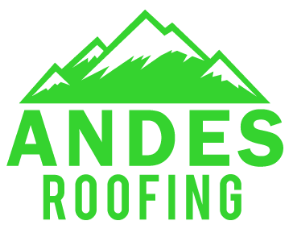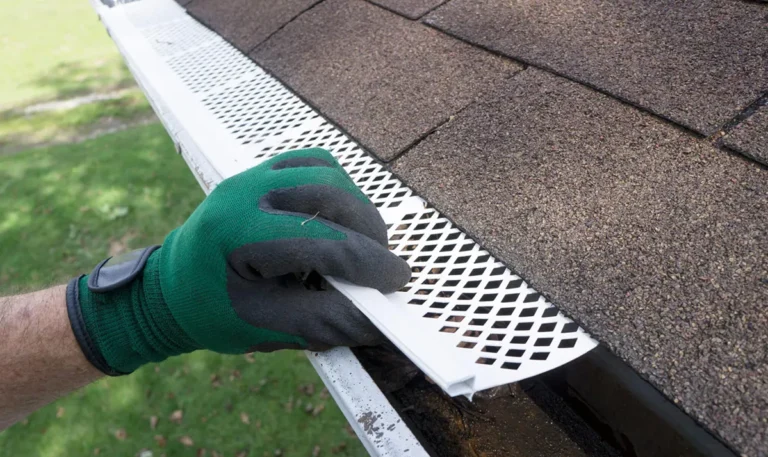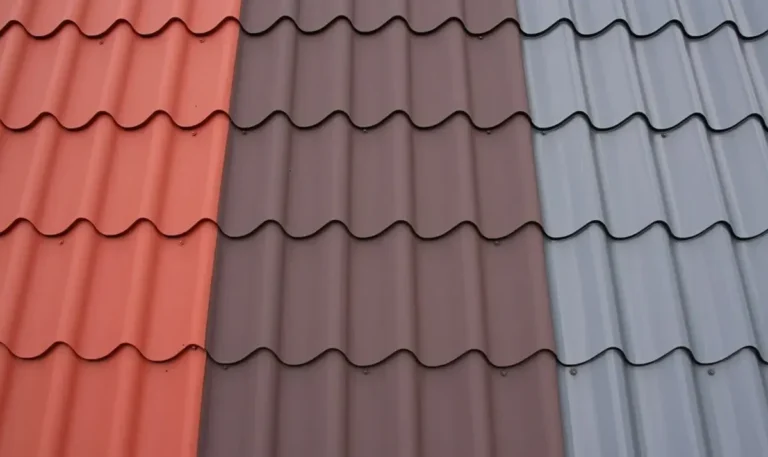Building a brand-new home comes with a long list of decisions that you must make. One decision that most people don’t consider until the time comes is the type of roof they’d like to install.
It seems simple: after all, most roofs are the same, right?
Actually, there are several popular roof types to choose from in today’s modern design market. And the style of your roof can completely change the entire look of your home.
So, if you’re building a new home or considering a full roof replacement, take a look at this list of popular types of roofs.
1. Gable Roof
One of the most popular and common roofs for houses is a gable roof. This roof gives you that classic house shape – the kind that your 5-year-old would draw if depicting a house in a drawing.
The gable roof has two sloping sides that meet in the middle at a peak, forming that recognizable A or triangle shape.
Not only do gables give you a traditional appearance, but they’re also very durable – which makes sense, considering how often builders use them. This versatile design also works with a wide range of home styles and roofing materials such as asphalt shingles.
This type of roof is easy to install, great for ventilation, and ideal for the choice between having an attic or implementing vaulted ceilings for a more spacious look.
2. Dutch Gable Roof

The Dutch gable type of roof is a more complex version of the gable roof. The structure features four sloping sides around the bottom edge, which serve to let rain and debris fall to the ground. On the top is a standard gable component, like the ones we talked about above.
Dutch gable roofs offer a modern and unique look to homes, drawing on inspiration from Renaissance and Baroque architecture. The style maintains a home’s classic look while adding a touch of elegance.
Although Dutch gable roofs allow for more attic space, vaulted ceilings, and extra windows for more natural light, these roofs are more complicated than gable roofs.
The added level of technique usually means they’re more expensive and take longer to complete.
3. Flat Roof
Although a flat roof looks highly contemporary today, these kinds of roofs have been around for hundreds of years. This roof calls upon ancient Egyptian and Arabian architecture, but the idea has come a long way since then.
Today’s flat styles are not truly flat. Most meet a slope standard of ten degrees, which makes the roof appear level while still allowing proper drainage.
Leveled roof styles come in a wide range of construction styles and materials like metal roofing and concrete tiles. One of the benefits of having an even roof is that repairs and even a roof replacement are much easier to make.
Flat roofs can also give you extra living space. You can have a roof garden or use your roof as a patio.
Of course, not pitch means no attic or vaulted ceilings. You also need to keep a closer eye on drainage and debris buildup.
4. Curved Roof
Curved roofs are appropriately named, as they describe a roof with a curved shape – not to be confused with a gambrel roof, which has an arch shape with flat sections. This type of roof comes with hardly any restrictions. Professionals can construct them with all kinds of roofing materials and designs, including asphalt shingles and wood shingles.
People mostly choose curved roofs to achieve a certain aesthetic. The rounded design is appealing visually, and there’s no need to worry about drainage or pooling on the top of your home.
The specific construction of a curved roof ensures plenty of support, meaning it won’t collapse with significant pressure from snow or debris.
Because of these specific design considerations, curved roofs also help lower cooling costs. The arch shape lends the interior of a home space to some gorgeous and unique vaulted ceilings and windows.
5. Hip Roof

A hip roof, also known as a hipped roof, is similar to a Dutch roof except that it lacks the gable. A hip roof has four sloping sides, unlike a gable which has only two slopes.
The four slopes extend from the middle of the roof down to the walls, where each side connects using eaves. Other roofs feature two slopes that connect using eaves and two walls that extend up to the peak height of the roof.
The best way to describe the appearance of hip roofs is a pyramid. It makes an excellent choice for homeowners because its four sides make the roofing material self-bracing, durable, and stable. These roofs stand up well against severe weather.
The style of the roof keeps a home looking classic with a slightly modern upgrade. Your house will look nice without drawing tons of unwanted attention.
6. Pent Roof
A pent roof is a structure that has only one sloping side. In most cases, the roof will reach its highest point at the front of the house, and the roof will pitch downward as it extends to the back.
A pent roof can give a similar appearance to a flat roof, but the sloping angle is typically a much greater degree than the minimum slope on a flat design.
This type of roof is a rarity to find in homes today. Of course, if you’re constructing your own home, you can choose this style for a very modern, clean look. Pent roofs are sometimes more ideal than flat roofs because they offer more reliable drainage. They’re also self-supporting.
But for the most part, pent roofs are popular as a garage roof or shed roof.
Final Thoughts
Since a roof sits on the top of tall homes, it’s rarely something that we give a lot of thought to. It speaks to the phrase, “out of sight, out of mind.”
But roofing is a critical component to any home – and any building, for that matter. Choosing the right roof style for you can significantly impact your timeline, costs, and overall appearance of your home.
Consider these popular roof types for your home and research other popular roof types, like a mansard roof, a butterfly roof, an inverted gable roof, or combination roofs. Make sure to talk to your contractor about what styles are possible within your design and budget.






